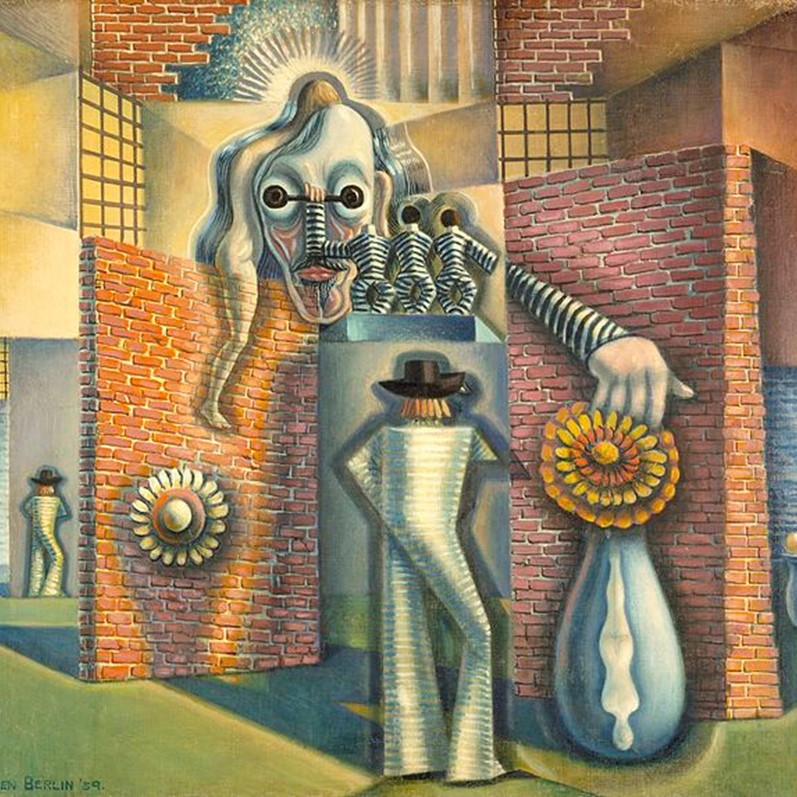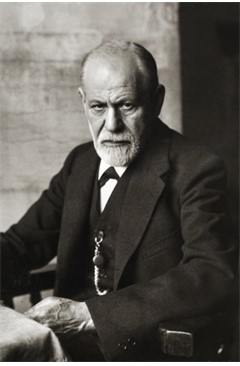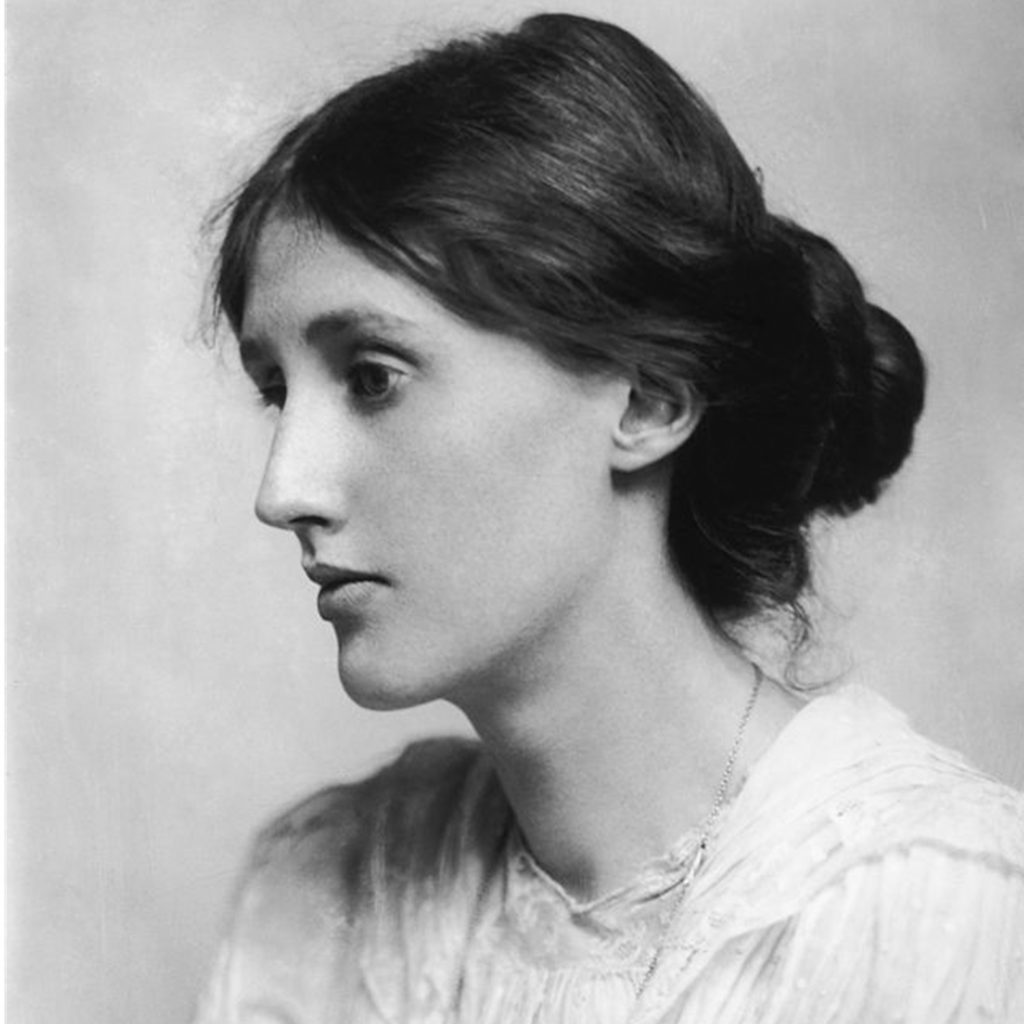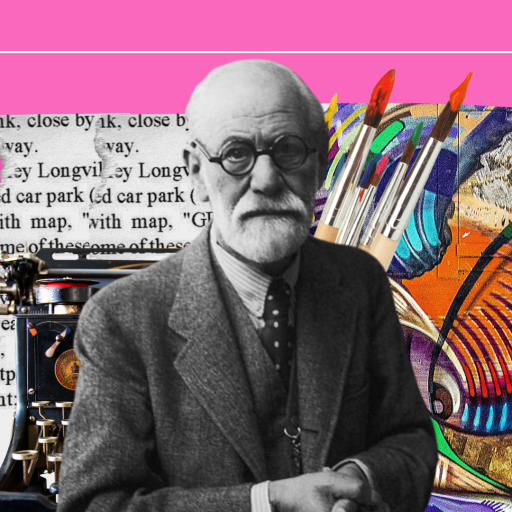The Influence of Psychoanalysis on Modernism
18 Eylül 2022Ece Egemen
Sigmund Freud is considered as one of the “Hermeneutics of suspicion” with Karl Marx and Friedrich Nietzsche (Leitch et al., 2018, p. 740). His perspective was experimental, and he preferred to focus on daily materials like dreams instead of strange, abstract phenomena. He played the part of an observer and used case histories to support his theories. Freud aimed to approach psychology in a practical way and make use of his ideas practically; therefore, he introduced psychoanalysis, which marked the beginning of talk therapy. He focused on everyday life, searching for the causes of mental illnesses in it instead of supernatural forces. Before, it was thought that humans were in control of their desires and they were the rulers of their own psychology; however, Freud objected to this idea and introduced the concept of the unconscious (Leitch et al., 2018, p. 788). Before his theories, human consciousness was thought to be transparent, but Freud suggested that many things are repressed into unconsciousness. Freud’s theory paved the way for modernism’s critical assumption that human beings have their deep, dark side and need art and psychoanalysis to deal with this side.

Freud’s psychoanalytic theory contributed to modernism with its focus on everyday life instead of supernatural forces and things beyond human control. Freud provided a new notion of subjectivity, and just as Freud was determined to look at the simple everyday life of his patients and their personal histories, the modernists embraced the individuality of, therefore, the subjectivity of reality. “Modernity is,” as Baudelaire (1863/1964) defined, “the transient, the fleeting, the contingent; it is one half of art, the other being the—eternal and the immovable.” Freud brought forth his theory of personality and explained that the human mind differentiates into the id, the ego, and the super-ego (Freud, 1923/1961, p. 20). As he introduced these concepts, he claimed that human beings are not as they seem. They have a deep, dark side that is not rational, which is reflected in the unconscious, passionate, and irrational id.


James Joyce


Psychoanalysis influenced modern artistic movements primarily with the concept of the unconscious. Artists of the avant-garde art movements of the 20th century explored various ways to delve into their unconscious and express the desires and fears hidden in it. Artists of the Dada movement employed psychic automatism to express their unconscious. Dada and Surrealism also included an exploration of the primitive unconscious. They explored the unconscious of the ancient human past, the tribal people, and the minds of children and the insane (Lagana, 2013, p. 147). The primitive is also found in the modern man, in the unconscious part of the mind (Lagana, 2013, p. 150).


References
- Baudelaire, C. (1964). The painter of modern life, and other essays (J. Mayne, Trans.). Phaidon. (Original work published 1863).
- Childs, P. (2000). Modernism. Routledge. https://doi.org/10.4324/9780203131169
- Ffytche, M. (2010). The modernist road to unconscious. In P. Brooker, A. Gasiorek, D. Longworth, A. Thacker (Eds.), The Oxford handbook of modernisms. https://doi.org/10.1093/oxfordhb/9780199545445.001.0001
- Freud, S. (1961). The ego and the id. In Strachey, J. (Ed & Trans.), The standard edition of the complete psychological works of Sigmund Freud (Vol. 19, pp. 12-66). Hogarth Press. (Original work published 1923).
- Freud, S. (1956). The interpretation of dreams (J. Strachey, Trans.). Basic Books, Inc. (Original work published 1899). In V. Leitch, W. Cain, L. Finke, J. McGowan, T. Whiting, & J. Williams (Eds.). (2018). The Norton anthology of theory and criticism (3rd ed., pp. 789-799). W.W. Norton & Company.
- Lagana, L. (2013). Dadaism, surrealism, and the unconscious. Symposia Melitensia, 9, 145-155.
- Leitch, V., Cain, W., Finke, L., McGowan, J., Whiting, T. & Williams, J. (Eds.). (2018). The Norton anthology of theory and criticism (3rd ed.). W.W. Norton & Company.

